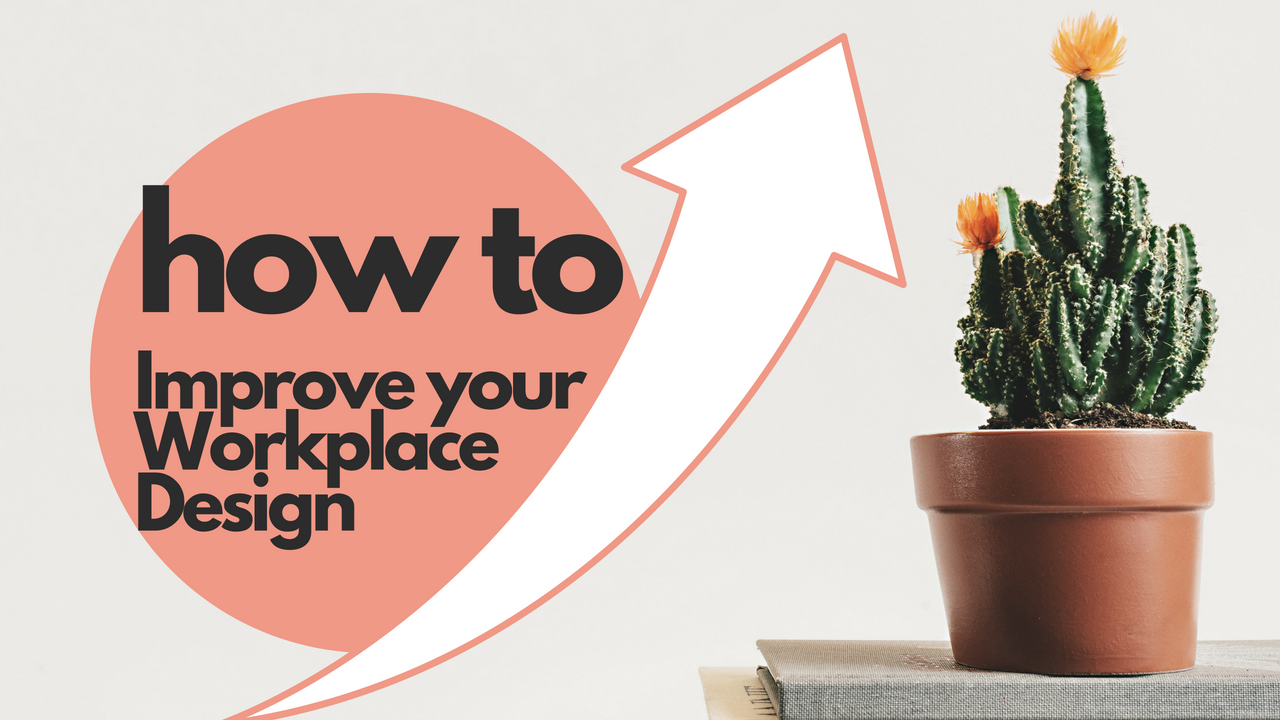- Laura Shook Guzman from coworking and ‘coyoga’ space, Soma Vida, is a clinical therapist who specializes in somatic psychology.
- This type of psychology looks at how stimuli in our environments affect our nervous systems.
- In an interview with Allwork.Space, Shook Guzman shares insights on introducing interior design psychology to the coworking model.
Among today’s workplace design trends, wellness is by far the one designers are focusing on the most. The world of work is changing; there are new attitudes, new technologies, new ways to work, and new work environments. The workplace specifically has gone through quite a transformation, it now follows a human-centric model, one that seeks to optimize the wellbeing of its users.
This trend has given rise to certifications such as the WELL Building Standard and the Fitwel Rating. It has also led to workplace amenities like yoga rooms, massage studios, and in-house gyms, among others.
There has been an uptick in designers, corporates, and professionals paying attention to wellness. However, even though it is part of the conversation, it has remained on a superficial level. During GCUC this year in New York City, Mark Strauss, President of Emeritus Interior Design Media, highlighted this by asking if there was anyone who was truly placing wellness at the core and center of their design and operations.
Wellness can no longer be about adding a yoga or meditation sessions into your amenities. Flexible workspace operators, as well as designers overall, need to make a deeper shift in their mindsets. Your space should not only talk about wellness, it should also embody the concept.
In a phone interview with Allwork.Space, Laura Shook Guzman from Soma Vida shared some insights on introducing interior design psychology to the coworking model. Shook shares how the decision came naturally for her, as she is trained as a clinical therapist and has a specialization in somatic psychology.
Somatic psychology studies how our mind-body connection impacts our feelings, emotional states, and thoughts. Shook explained that this type of psychology looks at how stimuli in our environments affect our nervous systems.
“In my clinic I was always very intentional with design, as I was working with clients that had very sensitive and overwhelmed nervous systems. This meant that the layout and feel of the space had to help their nervous systems ‘shut down’ from its hypervigilance state and switch into a calmer state.”
Shook had to think about colors, noise, touch, where the windows and doors were, and what type of view her clients had.
“The science behind this type of design is that the nervous system is trained to detect threats. The evolution of homo sapiens depended on individuals being able to detect potential threats and respond to them. Our nervous systems are biased.
“The thing is, there is a lot of stimuli today and our brain gets overwhelmed; there is too much information. The way our brain reacts is that it shuts down the prefrontal cortex and it goes into our primal brain — where our sense of fight or flight is.
“This means our brains are constantly on an automatic setting response, and this setting doesn’t allow for intellectual work. We constantly feel threatened.”
Somatic psychology helps individuals understand this unspoken, unconscious response and impulse from the body. By applying somatic and psychological concepts into design, it is possible to regulate this feeling by creating spaces that make people feel safer.
In order for individuals to be productive and efficient in the workplace, they need to feel safe. They need to have access to their whole brains. “We are only going to be as successful in our business as we are healthy.”
Designing for a sustainable way to work
You can add stand-up and treadmill desks to the workplace, but this doesn’t mean that people will use them. This is what is happening today, “there is a disconnect between bringing the wellness amenities and truly creating a wellness culture at work.”
Speaking on how to incorporate psychology into workplace design, Shook mentioned that her focus was to create an experience that would help people drop down from an overstimulated system. “I had to think about our flight senses because this is the way the nervous system communicates.”
Here’s how workplace operators and designers can go into the realm of psychology and nervous system responses to understand how the end-users’ body is sensing the environment.
Sight – What are people first going to see when they walk into a space? They should be able to see natural elements like wood and water — and it should have an inviting color such as green, blue, or gray. Pro tip: water soothes us, so think about having water or water-like elements in your reception area.
Hearing – What can they hear when they walk in? In Shook’s space, people can hear water and music playing. Pro tip: use music with high vibrations and not necessarily too quiet; like piano music.
Smell – Shook shares she is intentional about aromatherapy. Scents like eucalyptus help people feel alert, while lavender helps people calm down. Pro tip: for a work environment, citrus aromas are good as they are alert but soothing at the same time.
Touch – Think about the surfaces you use. Shook explained in Some Vida they have concrete surfaces that they soften with pillows or rugs. Pro tip: bring in contrast by having hard edges and soft surfaces.
Last but not least, think about natural light, plants, and always use mindful materials that don’t off-gas.


 Dr. Gleb Tsipursky – The Office Whisperer
Dr. Gleb Tsipursky – The Office Whisperer Nirit Cohen – WorkFutures
Nirit Cohen – WorkFutures Angela Howard – Culture Expert
Angela Howard – Culture Expert Drew Jones – Design & Innovation
Drew Jones – Design & Innovation Jonathan Price – CRE & Flex Expert
Jonathan Price – CRE & Flex Expert














